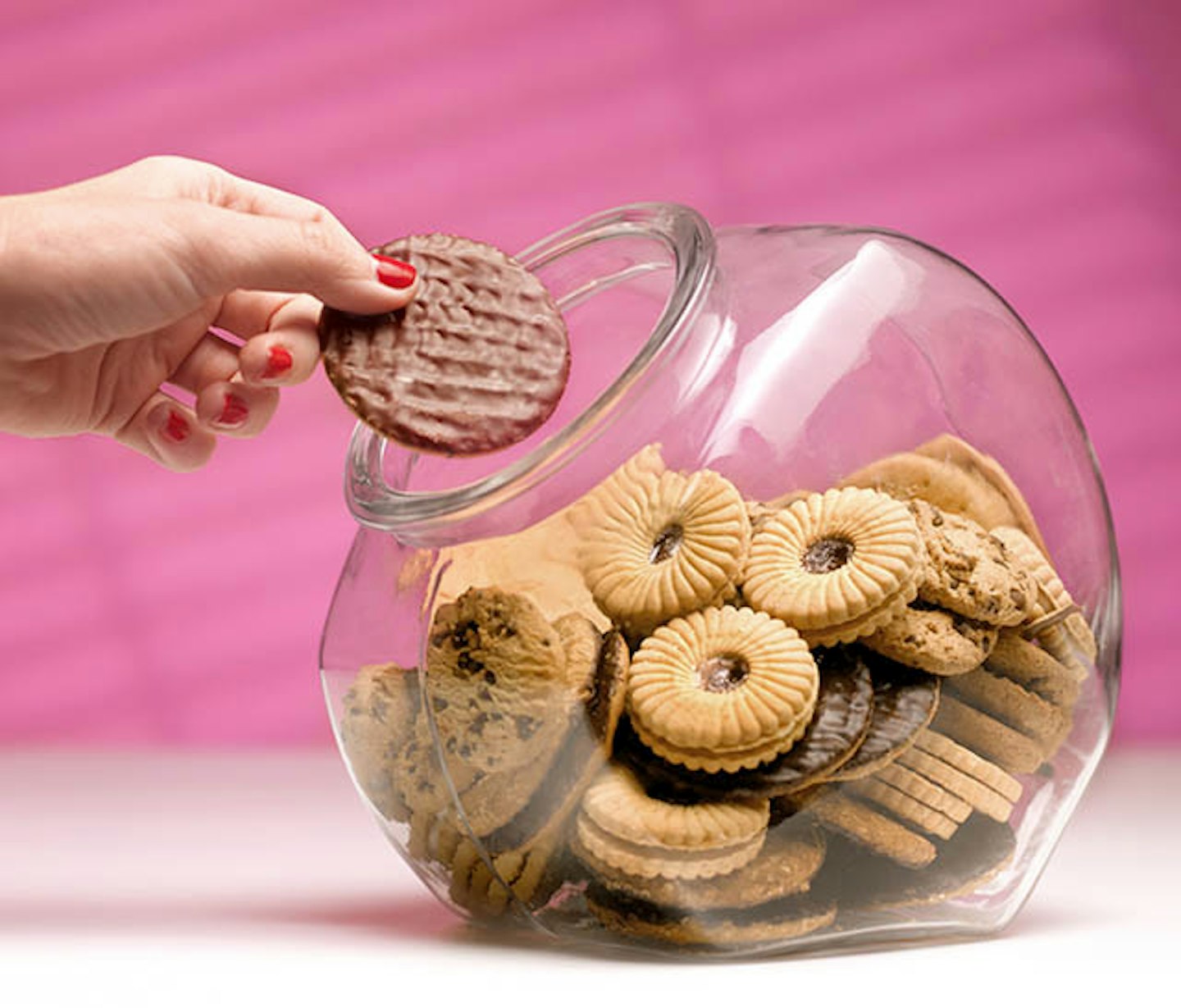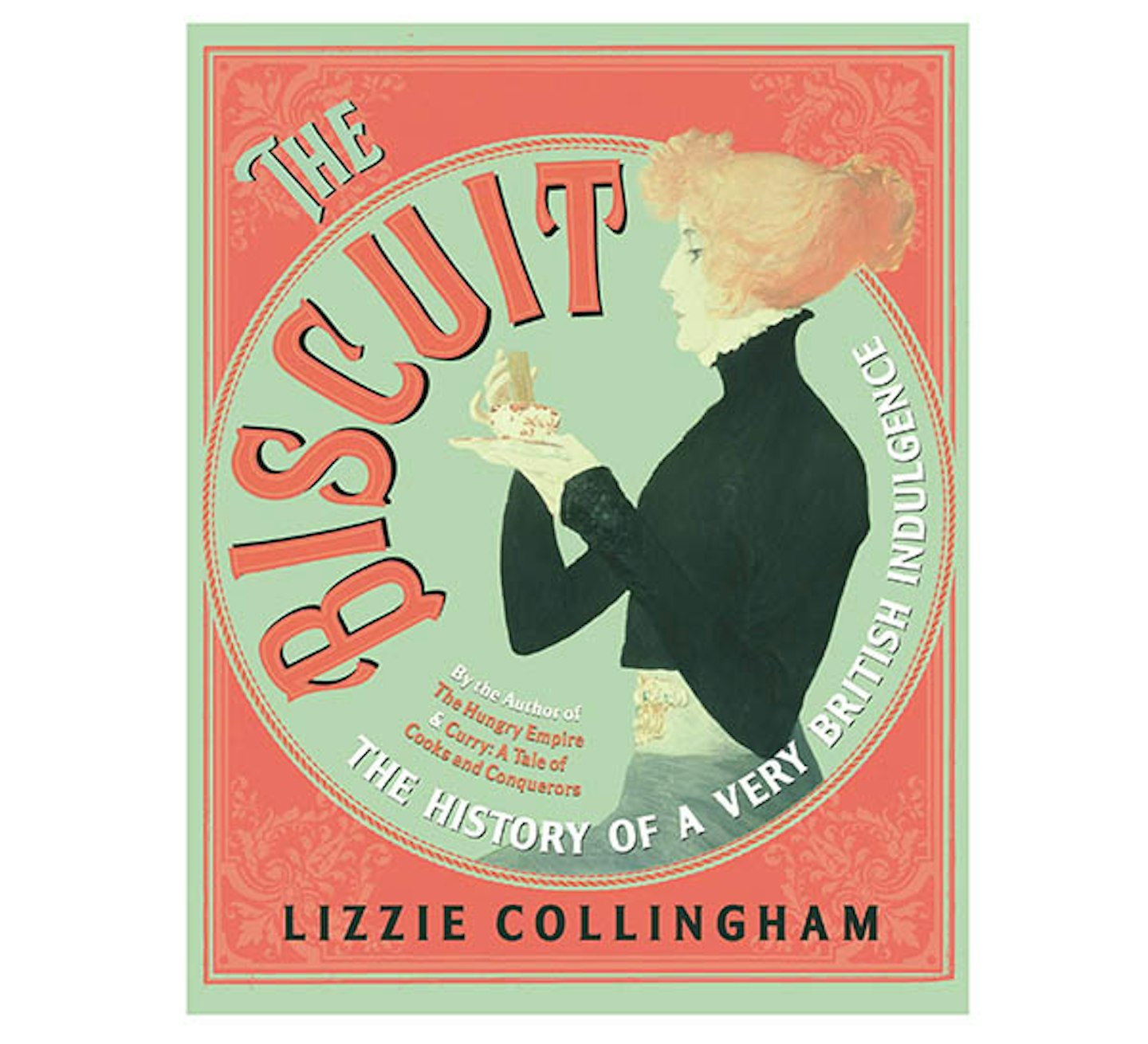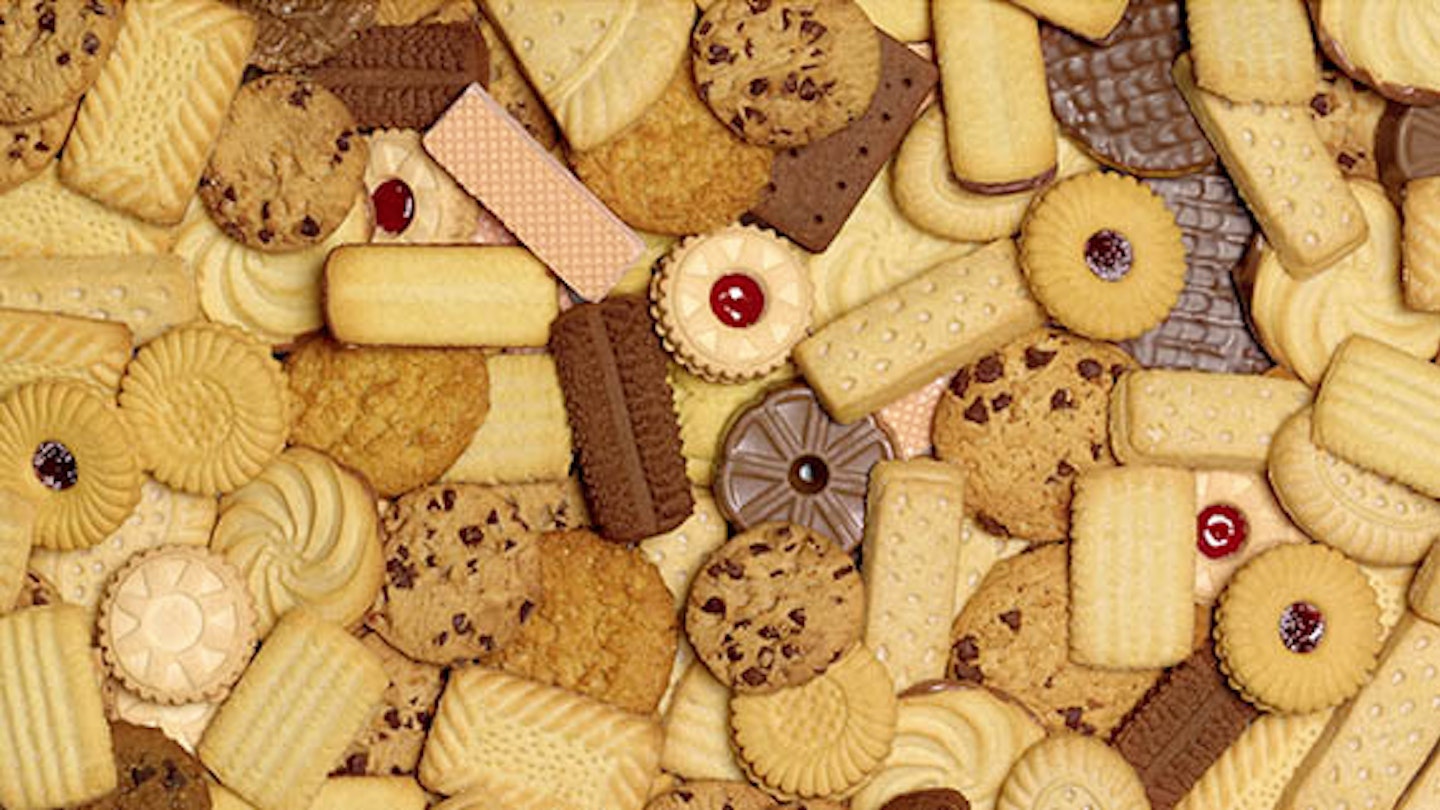Would you care for a biscuit? As a nation, it seems our answer to that question is almost always ‘yes’. Here in Britain we eat more biscuits than any other country, with 27 million British households buying biscuits every year to consume on no less than 6 million biscuit-eating occasions.
And it’s an appetite that has only increased during lockdown as 40 per cent of us have reported enjoying more British biscuits than normal since the pandemic. But just why are we so bonkers about biscuits and has it always been this way?
Lizzie Collingham is an historian (and fellow biscuit lover) who has dedicated her time to rummaging through the biscuit tin of history to uncover more about one of our favourite indulgences for her book, The Biscuit: The History of a Very British Indulgence.
Although biscuits date back to Roman times and have been manufactured in Britain since the Industrial Revolution, one of Lizzie’s most remarkable finds was that they weren’t all that widely eaten in Britain until as recently as the 19th Century. “Biscuits seem so much part of our daily diet that we can’t imagine that we haven’t been eating them for centuries.”

Until that point most people only ever ate boring bland biscuits as staples. Troops marched on a diet of biscuits when they couldn’t carry the baggage of other rations, while adventurers of land and sea, including Captain Scott, packed energy-giving biscuits to power their expeditions. Most hated these biscuits that were generally tough and tasteless.
Back home, though, biscuits were only really eaten by the upper class who ate them only at the end of a meal when they dipped them in wine in the belief this would help them digest their food. (Hence biscuits were always digestives).
By the last half of the 19th Century biscuit factories were making enough biscuits to supply a mass market but not at mass-market prices. The surplus was exported to the Empire and so it is no wonder that we became internationally renowned for our biscuit eating.
Most ordinary Britons never dreamed of having a sweet biscuit with tea as a treat until the war upended everything.
“In the 19th Century the working classes relied on tea full of sugar to give them energy,” says Lizzie. “Then when the war came, sugar was rationed, but biscuits were still widely available, so instead of tea with sugar, people started having tea with a biscuit.”
The Ministry of Information even identified tea and biscuits as a weapon to deploy against the panic that air raids might induce in the population and sent out leaflets advising people to keep a good stock of tea and biscuits at home at all times. New manufacturers began to supply the demand for cheaper biscuits.
What’s more, as lifestyles changed, so did our eating habits. The post-war shortage of servants meant many middle-class women found themselves spending the morning doing housework and so began to integrate into their routine a break for a cup of tea and a biscuit – hence where the Rowntrees’ slogan, ‘Have a Break, Have a Kit Kat’ came from. We also moved from three square meals a day to a nation of snackers, and it was here that biscuits really stepped up to the plate.
“Biscuits became a stand-in that could replace any meal or fit any occasion,” says Lizzie. “You could have a Viscount biscuit or Jaffa cake after dinner to stand in for a slice of cake or, if you’re on a diet, you could have a biscuit and some cheese to replace lunch.”

It’s partly this versatility that’s meant sales of biscuits have continued to soar – even when sales of sweets and chocolate have recently fallen – but also the way biscuits have always tried to innovate.
After rationing ended, biscuit companies were keen to keep up interest for biscuits especially among youngsters and so heavily promoted individually wrapped chocolate biscuits that could go in children’s lunchboxes from Jacob’s Club biscuit to P-P-Pick up a Penguin. What soon followed were the likes of Wagon Wheels and Jammie Dodgers – both sure recipes for success (and sugar-fuelled children).
Knowing all this about biscuits past, what does Lizzie think is in store for biscuits in the future? “I think we have such a long history with biscuits, they’re not going to go away, they’ll just keep adapting to our changing lives.”
Just so you know, whilst we may receive a commission or other compensation from the links on this page, we never allow this to influence product selections.

Follow the humble biscuit's transformation from durable staple for sailors, explorers and colonists to sweet luxury for the middling classes to comfort food for an entire nation.
Read more popular articles
50 years of FAB lollies – plus a nostalgic look at our other favourite ices
